Anorthosite (cont.)
2 Thin Sections
The following thin sections come from a sample of Archean anorthosite in Minnesota. Usually, Archean anorthosites are more Ca-rich than Proterozoic ones (e.g., in the Laramie Mountains, Wyoming, or the Adirondack Mountains, New York), which verifies below. Unfortunately, these thin sections are thicker than the usual 30 micrometers, and in crossed polarizers (XPL) the plagioclase has colors of the upper first order, instead of the usual grey.
The QAPF diagram (see on this page) shows that anorthosite has more than 90% plagioclase (P) compared to K-feldspar (or alkali feldspar, A), less than 5% quartz (Q) and less 5% feldspathoids (F). Mafic minerals (e.g., biotite, muscovite, amphibole, pyroxene) are not included in the QAPF diagram, but in the case of anorthosite, they should not be in excess of 10%.
2.1 Plagioclase
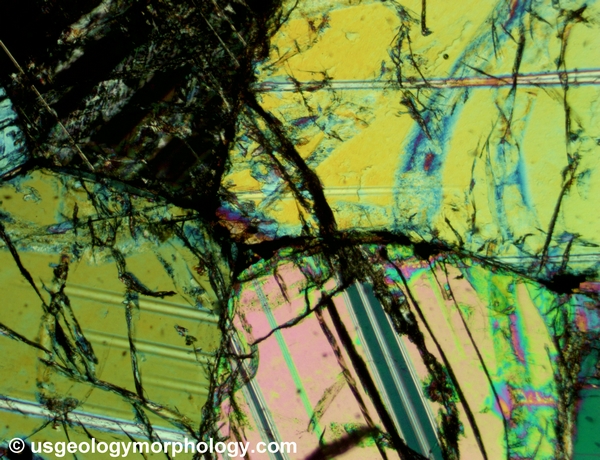
Figure 2-1. General view of an anorthosite from Minnesota in thin section.
Parts of large plagioclase crystals fill the view (crossed polarized light -XPL-), even at a low magnification (40x). Vivid colors (yellow, pink, blue, even green) of the upper first order and the lower second order are due to the larger-than-usual thickness of the section, but also suggest the presence of anorthite. All the plagioclase crystals on this sample display albite twinning (parallel bands of different colors), i.e. polysynthetic twinning along the {001} plane. Field of view: 3 mm.
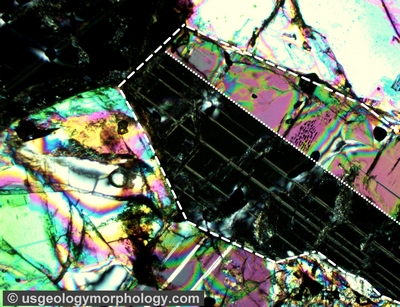
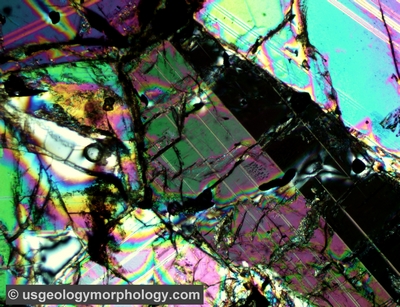
Figure 2-2. Carlsbad twinning in plagioclase.
Carlsbad twinning in an anorthosite sample from Minnesota. At left, the plagioclase crystal is bounded by dashes and the twin plane is marked by dots. The left twin is in extinction position; note that it has albite twinning too. At right the stage has been rotated so the other twin is in extinction, showing also albite twinning. Carlsbad twinning is a type of penetration twinning (intergrowth of two crystals) with [001] as the twin axis. Both photos are in XPL at 40x. Field of view: 3 mm.
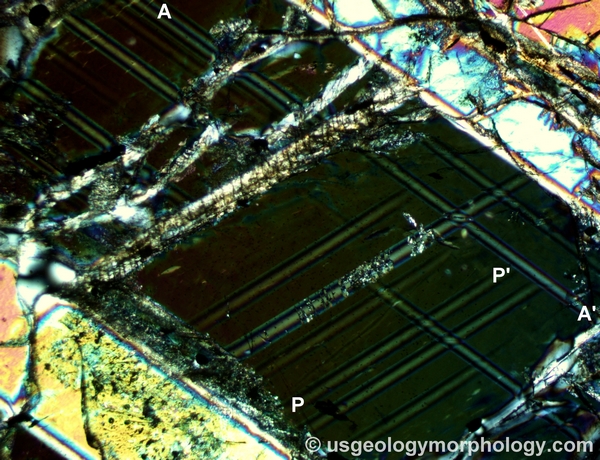
Figure 2-3. Pericline twinning in plagioclase.
Pericline twinning, marked as P-P', has [010] as the twin axis. It is combined with the usual albite twinning (A-A') of plagioclase. Field of view: 3 mm.
Plagioclase is a solid solution of albite (NaAlSi3O8) and anorthite (CaAl2Si2O8). For example a plagioclase can be a solution of 80% albite and 20% anorthite (notation: Ab80 An20); in such case it would be called an oligoclase, a subtype of plagioclase. It has already been mentioned that the colors of plagioclase, even if the thin section is thicker than usual, seemed to indicate a high anorthite/albite ratio. The Michel Lévy method will enable to find the composition of plagioclase and see if this guess is right.
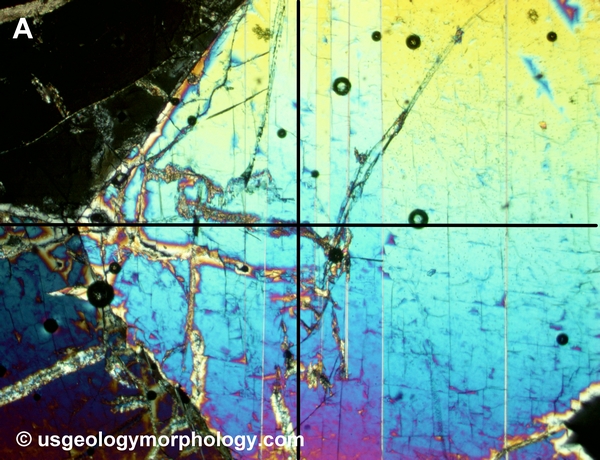
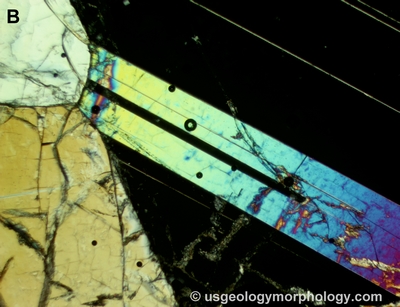
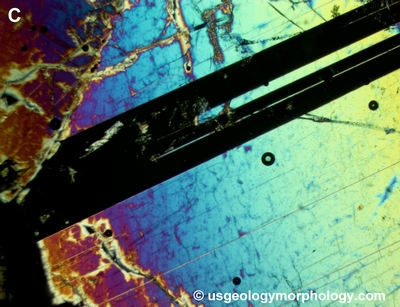
Figure 2-4. Determination of the composition of plagioclase with the Michel Lévy method.
Magnification: 40x. Crossed polarizers (XPL). Field of view (A, B, C): 3mm. Circles are cement bubbles.
In A, the stage has been rotated so the albite twinning is parallel to the microscope crosshairs (added on the image as black lines since they don't show up on photos) in the north-south direction; the angle measured of the stage is 226 degrees (this angle is totally arbitrary: it depends on the initial placement of the section on the stage). In B, the stage has been rotated westward until a set of twins are extincted; the read angle is 162 degrees. In C, the stage has been returned to the north-south position then rotated eastward until the other set of twins are in extinction; the angle reads as 288 degrees. The angle differences are dA,B = 64 degrees (226-162) and dA,C = 62 degrees (288-226). When dA,B and dA,C are equal or almost equal, i.e. within 4 degrees (here 2 degrees), it verifies that the crystal has been cut normal to the {010} composition plane. Both d's are averaged to 63 degrees and this angle is looked up in Michel Lévy's graph or table. The found composition of plagioclase here is An98 Ab2, i.e. 98% of anorthite (calcic) and only 2% of albite (sodic). Such a plagioclase is called anorthite, the same name as its main mineral (there is some uncertainty in the method, but anorthite is between An90 and An100, so there is no doubt here). It confirms what was suspected when looking at the colors in XPL. Note than some more precautions must be taken to be sure the crystal is suitable for this method. Refer to the web or a mineralogy textbook for more.

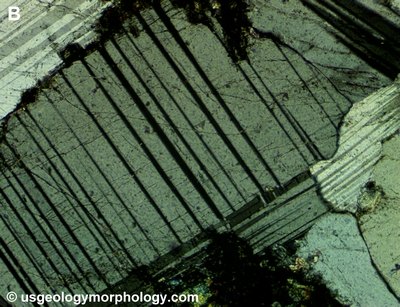
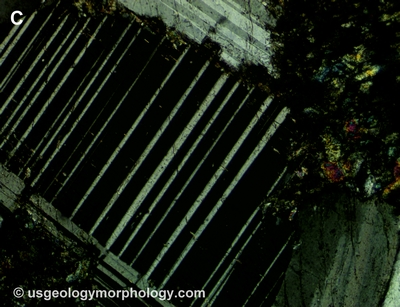
Figure 2-5. Michel Lévy method applied to labradorite.
In this sample of Proterozoic anorthosite from Scotland, the same method gives the extinction angles dA,B = 35° (299-264) and dA,C = 35° (334-299). So the composition of this plagioclase crystal is Ab38 An62, which is labradorite. With an error within ±5 percent, there is no doubt, since by definition the labradorite range is Ab50 An50-Ab30 An70. Magnification: 100x. Crossed polarizers (XPL). Field of view (A, B, C): 1.2 mm.
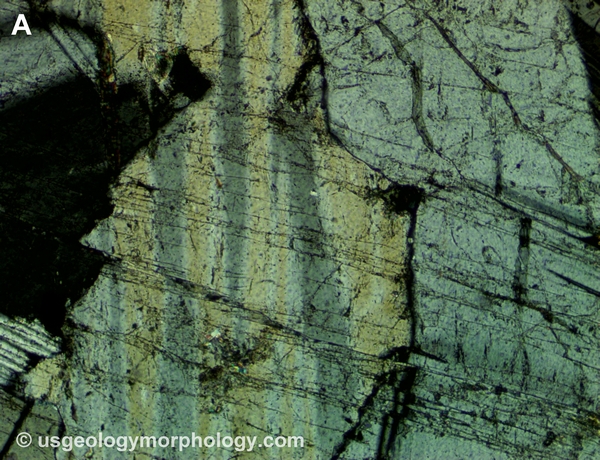
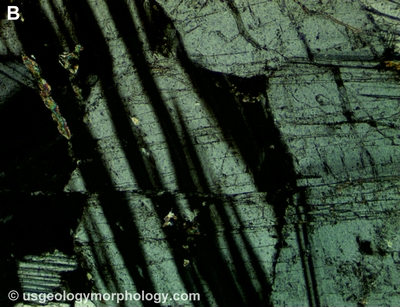

Figure 2-6. Michel Lévy method applied to andesine.
This sample of Proterozoic meta-anorthosite from Scotland shows a deformed crystal of plagioclase, but its lamellae are still roughly parallel. The Michel Lévy method gives the maximum extinction angles dA,B = 24° (360+6-342) and dA,C = 25° (31-6), hence an average of 24.5°. It corresponds to ~Ab65 An45, which is andesine. Magnification: 100x. Crossed polarizers (XPL). Field of view (A, B, C): 1.2 mm.

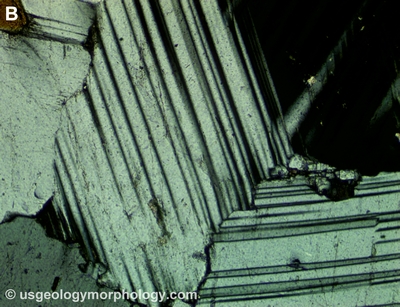

Figure 2-7. Michel Lévy method: a more ambiguous case of andesine.
In another sample of Proterozoic anorthosite from Scotland, the same method gives the maximum extinction angles dA,B = 19° (360+7-348) and dA,C = 20° (27-7), hence an average of 19.5°. Unfortunately, an extinction angle of 20° or below may correspond to two sets of solid solutions of albite and anorthite. In this case it could be Ab63 An37 (andesine) or Ab95 An5 (almost pure albite). More tests, not described here, are needed to resolve the ambiguity, probably in favor of andesine since it seems unlikely that such a pure albite is to be found in anorthosite. Magnification: 100x. Crossed polarizers (XPL). Field of view (A, B, C): 1.2 mm.
Next: Anorthosite thin sections (secondary minerals)
